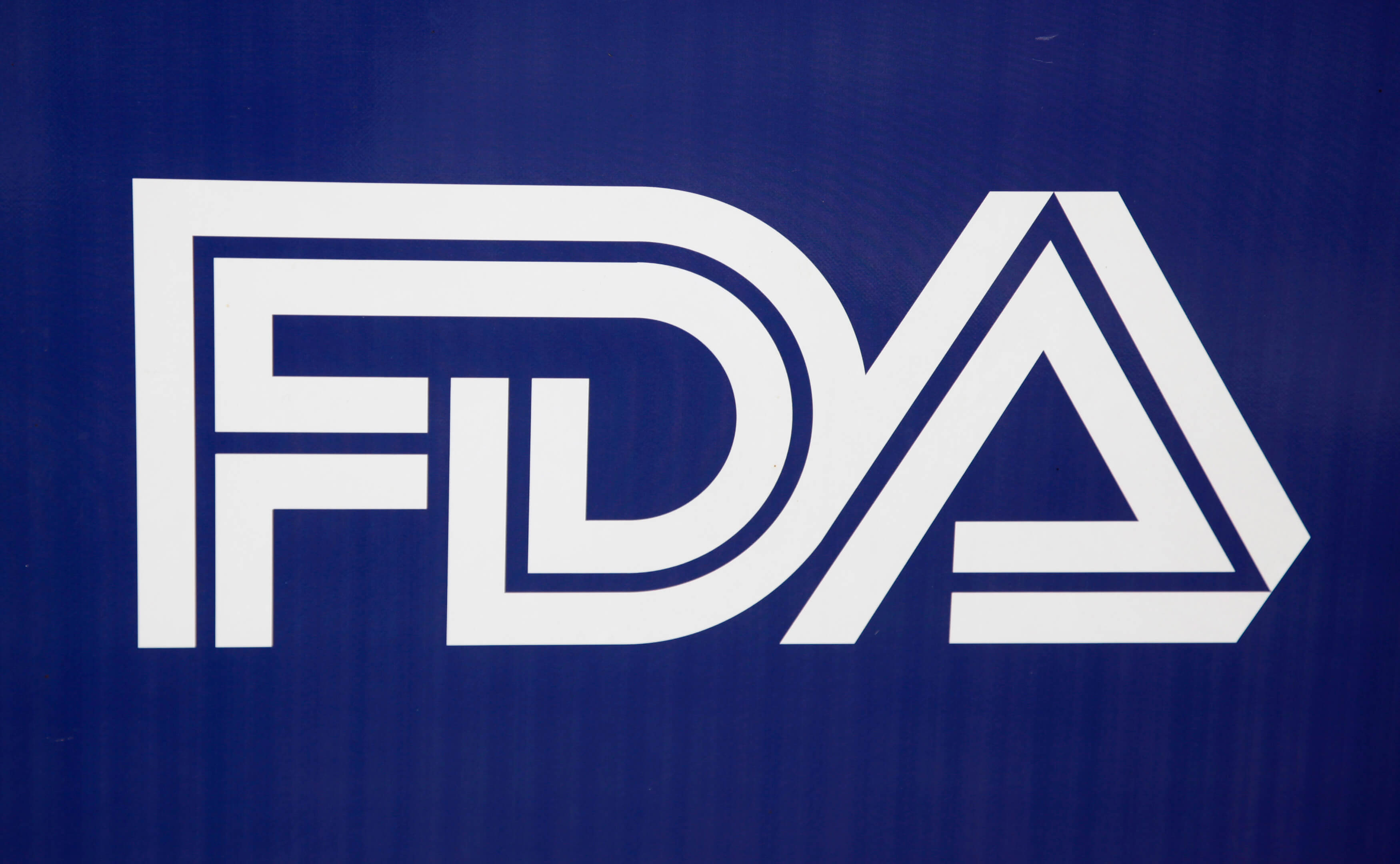The U.S. Food and Drug Administration (FDA) takes a lot of criticism, but in its defense, the agency lacks the funding and manpower to address many expressed concerns. But the agency finally found the additional funding it needs from an unexpected source – medical device manufacturers.
Medical device manufacturers have agreed to pay the agency $1 billion in users’ fees over five years beginning October 2017. The new fee agreement is a 68% increase over the current fee agreement brokered in 2012.
The Medical Device User Fee and Modernization Act first established user fees in 2002. Fees were renewed in 2007 and 2012, and this new agreement has been in the works since 2015.
Medical device manufacturers pay fees to the FDA when they register their companies, list their devices, submit an application or notification to market a new device, and for other types of submissions.
The agreement will provide much needed resources for the FDA. The agency states it will hire additional reviewers and will work on IT and infrastructure improvements. The funds will help reduce the total review times for new applications. The FDA will also conduct two independent analyses of how it manages the review process and make suggestions on how to enhance its reporting requirements.
In addition to reducing application review times, the FDA has promised to provide manufacturers with feedback at least five days prior to meetings about upcoming applications. In another win for manufacturers, the FDA committed to conducting a pilot project to test how real world evidence can be utilized to support pre-market activities.
While it cannot be denied that the FDA has been in dire need of funding, some consumer advocates find the deal bittersweet. Funding from the medical device industry opens the door for conflicts of interest, but without the funding, the agency can’t make much needed improvements.

